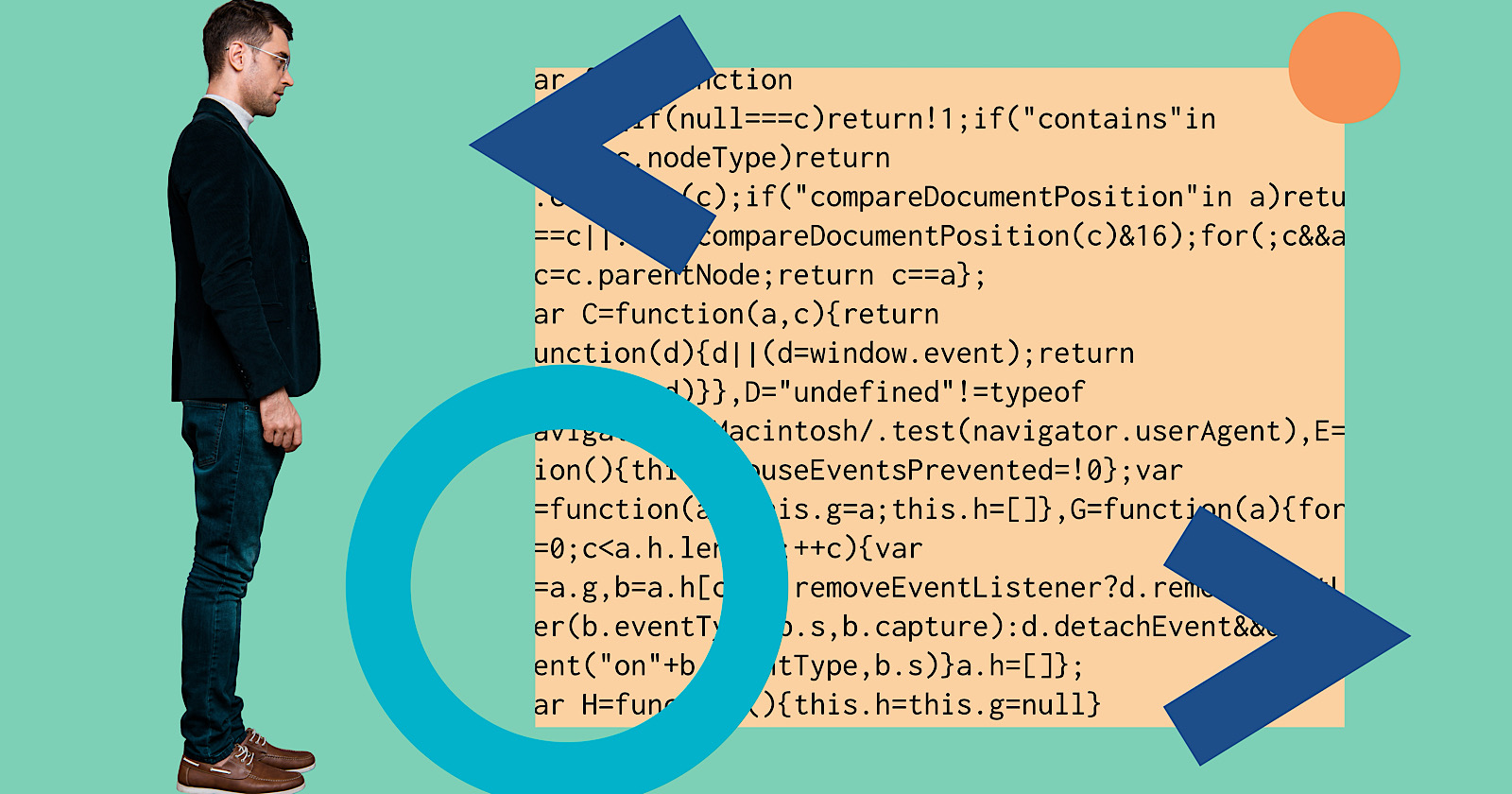Are Buddhists Neartermists or Longtermists?
A Buddhist practitioner reacts to the effective altruism movement The post Are Buddhists Neartermists or Longtermists? appeared first on Tricycle: The Buddhist Review.

A Buddhist practitioner reacts to the effective altruism movement
By Alex Tzelnic Oct 28, 2022 Art by Morgan Housel
Art by Morgan HouselEffective altruists, known colloquially as E.A.s, believe that doing good requires deeply rational and actionable analysis. It is one thing to preach about loving thy neighbor and quite another to crunch the numbers and find out exactly how much of your income you should donate each year to which specific causes in order to alleviate the most suffering. If Buddhist practice is grounded in the twin ideals of wisdom and compassion, effective altruism is grounded in the belief that the most compassionate behavior arises from the wisest interpretation of available data. These kinds of calculations result in many E.A.s advocating for getting a job on Wall Street (or Silicon Valley) and donating a large portion of their salary rather than working for a nonprofit. Your money will ultimately be worth more than your time.
Yet, as a recent New Yorker profile on William MacAskill, one of the movement’s principal leaders, explained, within effective altruism there is a tension between addressing immediate concerns and mitigating far-reaching existential ones. When the movement began, much time was spent determining which causes could reduce the most harm now. Early practitioners found that the most inexpensive way to save a life was to donate to a charity that provided bed nets to combat malaria. However, a contrary strain of thinking emerged that took population growth into account and began to ask what a life now might be worth against multiple future lives, or even, humanity itself. This forward-looking faction is more worried about climate change (a big concern) and an A.I. apocalypse (a really big concern) than with what is now almost derogatorily referred to as the bed nets era. Whereas neartermists aim to diminish present suffering, longtermists believe that our choices now have existential stakes for trillions of future people, and donate accordingly.
All of this debate about macro existential suffering versus micro individual suffering (“micro,” that is, when held against the longtermist scope, not to the person presently suffering…) got me wondering where Buddhists would land in this debate. After all, the bodhisattva vow, in which a practitioner vows to achieve enlightenment for the benefit of all beings, usually over many lifetimes, is about as longterm a commitment there is.
The bodhisattva vow, however, is not immune to this neartermist versus longtermist tension. It would be hard to imagine a Buddhist disregarding present suffering in order to address the theoretical suffering of future beings, no matter how many more of them there are. In some instances, Buddhist texts even highlight the radical immediacy of compassionate action, as in the Jataka Tales, which describe the lives of the Buddha prior to his enlightenment. In one such tale, Prince Mahasattva leaps to his death in order to feed a family of starving lions.
Or take the oft-told Zen story about the monk defying the precepts in order to carry a woman across a dangerous river. This story seems to suggest that one should adhere to the spirit of the law rather than the letter, momentary flexibility taking precedence over well-considered doctrine. (Of course, when these stories were written, existential threats to humanity were more in the realm of fantasy rather than reality.)
To act not based on cold calculation but contextual interpretation is to use skillful means.
A longtermist might argue that the kind of contextual interpretation that allows a monk to choose when to obey the precepts doesn’t leave one much ground to stand on. There is no mathematical formula that can reveal the spirit of the law, so wouldn’t it be better to stick to well-considered doctrine? It is comforting to know that altruism can be a system, that precepts strictly adhered to can ultimately reduce harm, that prioritizing the totality of future suffering is more important than the needs of the moment. Yet for many, the bodhisattva vow exists as metaphor for the benefits of striving for the impossible, an acknowledgment that if we shoot for the ethical moon, then at least, one hopes, we’ll reach the moral stars—not by actually liberating all beings but by being liberated from the egoistic actions that bind us to selfish outcomes and inspiring others to do the same.
As a Zen practitioner, I found myself recoiling somewhat from the longtermist position. Part of my reaction was due to the audacity of presuming that preserving humanity at all costs is the way to alleviate the most suffering. It is hard to think of a species that has dispensed more suffering on the planet than humanity. This doesn’t mean that I endorse Prince Mahasattva’s willingness to become lion food, nor do I have a misanthropic belief in the sanctity of a planet devoid of humans. I’m a dad, after all, and want nothing more than for my kids, and future generations, to suffer as little as possible.
But I’m also under no illusion that I should foretell and forestall this suffering at the expense of current suffering. In a telling moment in the William MacAskill profile, he admits that his number one fear is that the longtermist calculations are off. “What if we’re just wrong?” he says. Predicting the future is impossible, and from a philosophical standpoint, being wrong isn’t that big a deal. But from an ethical standpoint, for a movement allocating staggering amounts of money toward specific causes, this kind of conjecturing can be problematic. I’d rather spend my money on bed nets than wager that brilliant technocrats can predict the future. Carrying the woman across the river will always feel more urgent to me than worrying about the downstream effects of my actions.
The New Yorker piece notes that one of the forebears of the effective altruism movement, computer scientist John von Neumann, stated in 1955, “What safeguard remains? Apparently only day-to-day—or perhaps year-to-year—opportunistic measures, a long sequence of small, correct decisions.” It is this sentiment that perhaps best expresses the potential scope of radical neartermism. To act not based on cold calculation but contextual interpretation is to use skillful means. It is to value basic dignity and awareness, wisdom, and compassion. A long sequence of small, correct decisions does not require us to predict and prevent future doom; it makes such doom unlikely thanks to the scaffolded magnanimity of momentary actions.
I could be wrong. An ounce of prevention is worth a pound of cure, goes the saying. But a pound of prevention that subjugates available cures, like bed nets, as insignificant in the grand scheme, is a little too grandiose for me. Call me shortsighted, but I guess I’d rather act compassionately with the neartermists than anticipate death with the longtermists.
![]()
Thank you for subscribing to Tricycle! As a nonprofit, we depend on readers like you to keep Buddhist teachings and practices widely available.
This article is only for Subscribers!
Subscribe now to read this article and get immediate access to everything else.
Already a subscriber? Log in.

 ShanonG
ShanonG 































